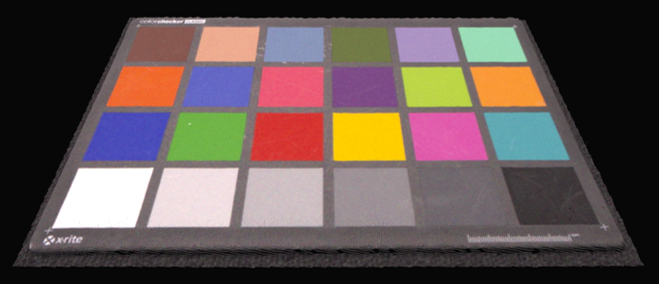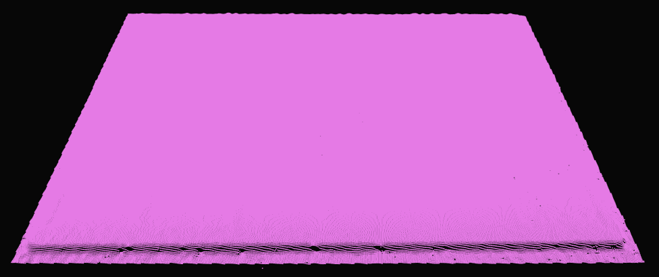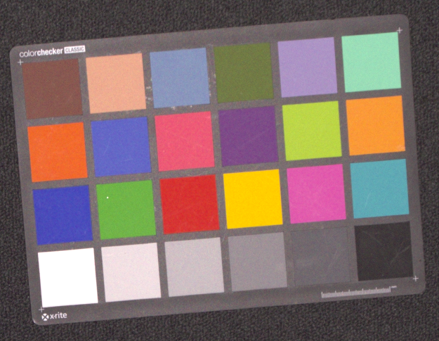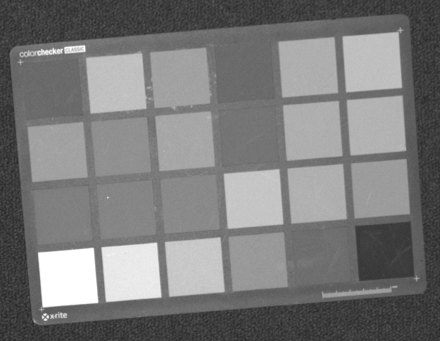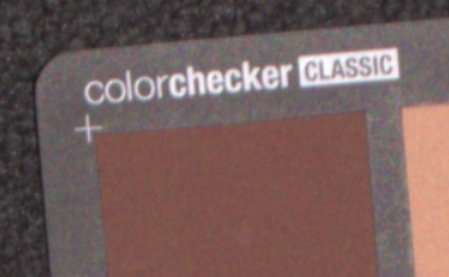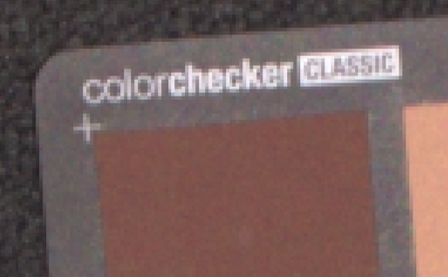Sampling (2D)
Color
Settings2D::Sampling::Color rgb 또는 grayscale 로 설정하면 장면에서 캡처할 수 있는 정보 유형을 지정합니다. 카메라 모델에 따라 설정 옵션이 다릅니다.
Zivid 2/2+ |
Zivid 2+ R |
Zivid 3 |
|
|---|---|---|---|
|
✓ |
✓ |
✓ |
|
✓ |
||
|
✓ |
✓ |
Settings2D::Sampling::Color 와 관련된 다양한 캡처 함수의 동작은 다음과 같습니다.
Capture2D3D() 및 Capture2D()
Settings2D::Sampling::Colorrgb로 설정된 경우 전체 색상 정보를 얻습니다.Settings2D::Sampling::Colorgrayscale로 설정된 경우 텍스처 또는 강도 정보를 수집합니다.
Capture3D()
Settings2D::Sampling::Color설정에 관계없이 색상이나 질감 정보를 수집하지 않습니다.모든 픽셀에 균일한 RGB 값 (\(R=200\), \(G=50\), \(B=200\)) 을 할당하여 분홍색 이미지와 포인트 클라우드를 생성합니다.
Capture function |
|
2D image |
Point cloud |
|---|---|---|---|
|
|
RGB |
RGB |
|
RGB |
RGB |
|
|
Grayscale |
Grayscale |
|
|
RGB |
RGB |
|
|
|
RGB |
/ |
|
RGB |
/ |
|
|
Grayscale |
/ |
|
|
RGB |
/ |
|
|
|
Pink |
Pink |
|
Pink |
Pink |
|
|
Pink |
Pink |
|
|
Pink |
Pink |
Pixel
Settings2D::Sampling::Pixel 매개변수는 2D 이미지를 생성할 샘플링 픽셀을 선택하는 데 사용됩니다. 카메라 모델에 따라 설정 옵션이 다릅니다.
Zivid 2/2+ |
Zivid 2+R/3 |
|
|---|---|---|
|
✓ |
✓ |
|
✓ |
|
|
✓ |
|
|
✓ |
|
|
✓ |
|
|
✓ |
|
|
✓ |
각 카메라의 해상도는 다음과 같습니다.
3D capture |
Zivid 3 |
Zivid 2+/2+R |
Zivid 2 |
|---|---|---|---|
Full resolution [1] |
2816 x 2816 |
2448 x 2048 |
1944 x 1200 |
2x2 [1] |
1408 x 1408 |
1224 x 1024 |
972 x 600 |
4x4 [1] |
704 x 704 |
612 x 512 |
Not available |
all 로 설정하면 모든 픽셀이 샘플링되고 2D 이미지의 해상도가 전체가 됩니다.
다음 그림은 센서 그리드와 관련 인덱스를 보여줍니다.

2x2로 하위 샘플링/다운샘플링을 하면 원래 픽셀 수의 1/4을 얻습니다.
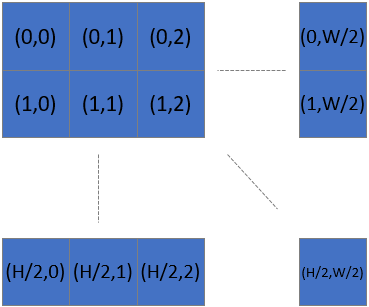
즉, 2x2를 서브샘플링 또는 다운샘플링한 후 x축과 y축을 따라 픽셀의 개수를 2로 나눕니다. 4x4를 서브샘플링하는 경우 x축과 y축을 따라 점의 개수를 4로 나눕니다.
예를 들어, 같은 장면의 세 이미지의 확대된 섹션을 살펴보세요. 각 이미지는 서로 다른 Settings2D::Sampling::Pixel 설정으로 촬영되었습니다.
서브샘플링을 사용하면 캡처하고 처리하는 데이터의 양이 줄어들기 때문에 수집 및 캡처 시간이 단축됩니다. 또한 데이터를 관리하기 쉬운 크기로 변환하기 위해 데이터를 다운샘플링할 필요가 없으므로 저장 및 후처리 요구사항이 줄어듭니다. 데이터의 4분의 1을 사용하면 사용자 후처리(예: AI 기반 세분화)가 더 빨라집니다.
Interval
The Sampling Interval setting controls the timing of 2D image acquisitions to avoid interference with external light sources.
참고
2D Sampling Interval is only available for Zivid 3.
When Settings2D::Sampling::Interval is disabled, the camera captures images as quickly as possible, based solely on the specified exposure times.
When Settings2D::Sampling::Interval is enabled, the base time interval for 2D image acquisition is defined by the Settings2D::Sampling::Interval::Duration parameter.
Actual acquisitions will align with the nearest multiple of this duration, depending on the exposure times.
Example
If the exposure time is 3 000 µs and the sampling interval duration is 10 000 µs, the acquisition will occur at 10 000 µs (1 x 10 000 µs).
If the exposure time is 15 000 µs and the sampling interval duration is 10 000 µs, the acquisition will occur at 20 000 µs (2 x 10 000 µs).
If the exposure time is 9 000 µs and the duration is 10 000 µs, the acquisition may still occur at 20 000 µs due to system overhead. This behavior is determined at runtime and cannot be predicted in advance.
When the exposure time is close to the sampling interval duration, capture timing may fluctuate due to internal processing overhead.
Adapting to Flickering Ambient Light
The sampling interval is especially useful in environments with flickering ambient light, such as:
Fluorescent lighting powered by alternating current (AC)
Barcode scanners with intense LED illumination
Flickering light can cause color inconsistencies in captured images (e.g., random green or pink tints) if the exposure times are not synchronized with the grid frequency.
Flickering AC-Powered Light
To mitigate this:
Enable
Settings2D::Sampling::IntervalSet
Settings2D::Sampling::Interval::Durationbased on the grid frequency:10 000 µs for 50 Hz
8 333 µs for 60 Hz
This synchronization helps avoid interference from flickering light and ensures consistent color reproduction.
참고
Matching the Exposure Time to the grid frequency is a better solution than using the sampling interval. Use the sampling interval only as a fallback, e.g., when avoiding overexposure in 2D images by adjusting exposure time is not feasible. Another example is when compensating with the longer exposure time requires lowering the projector brightness too much, causing more noise in the color image. This is the case when using rgb mode, and not when using the rgbStrongAmbientLight mode.
If your exposure times already compensate for flicker (e.g., 10 000 µs for 50 Hz), it is recommended to keep Settings2D::Sampling::Interval disabled.
Active Light Sources
The sampling interval can also be used to synchronize with actively pulsing light sources (e.g., barcode scanners, LED strobes), helping to minimize interference and enhance image quality. Learn more about how to avoid interference from active light sources.
Version History
SDK |
Changes |
|---|---|
2.17.0 |
Added support for Sampling Interval setting for Zivid 3 camera. |
